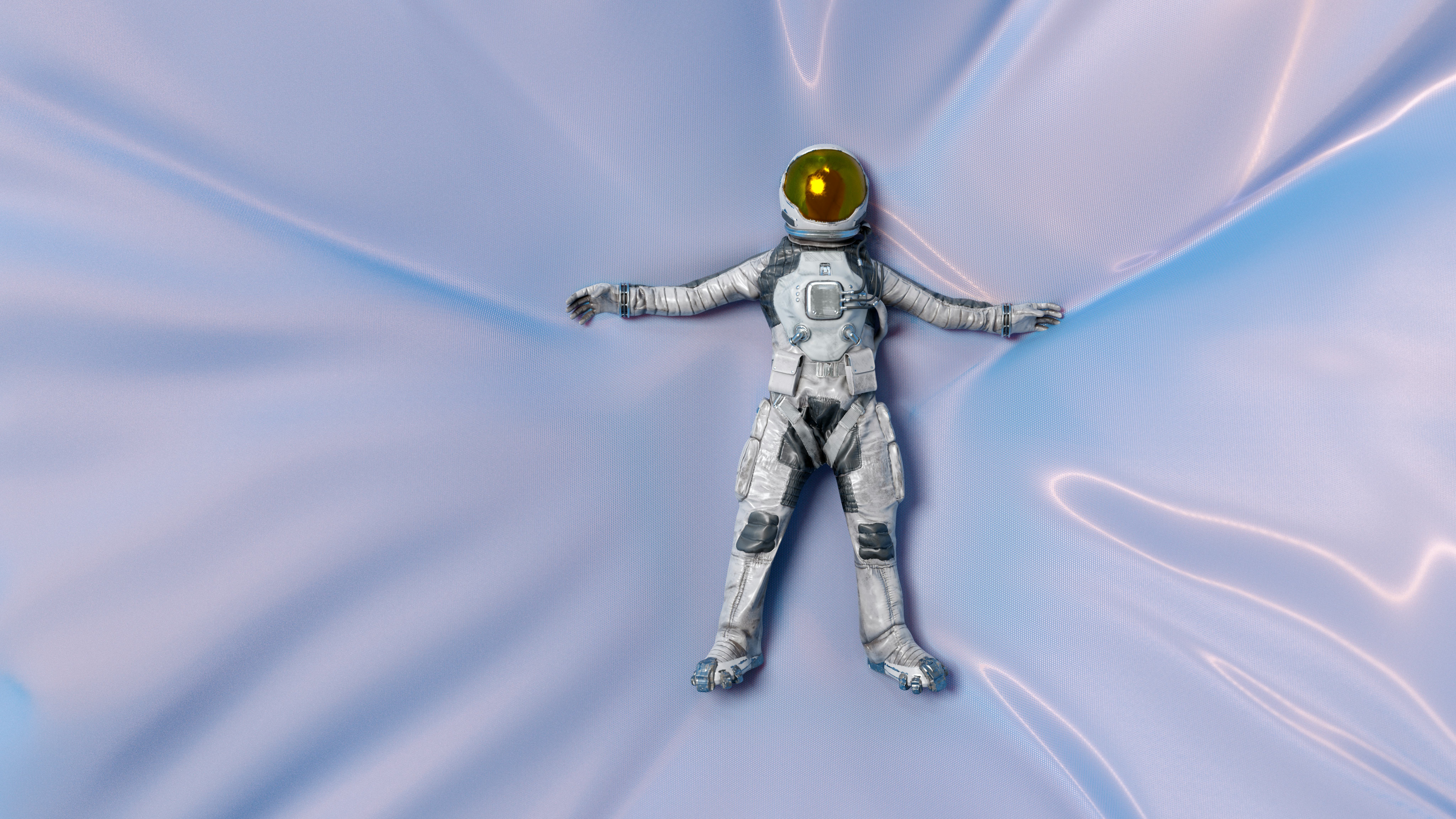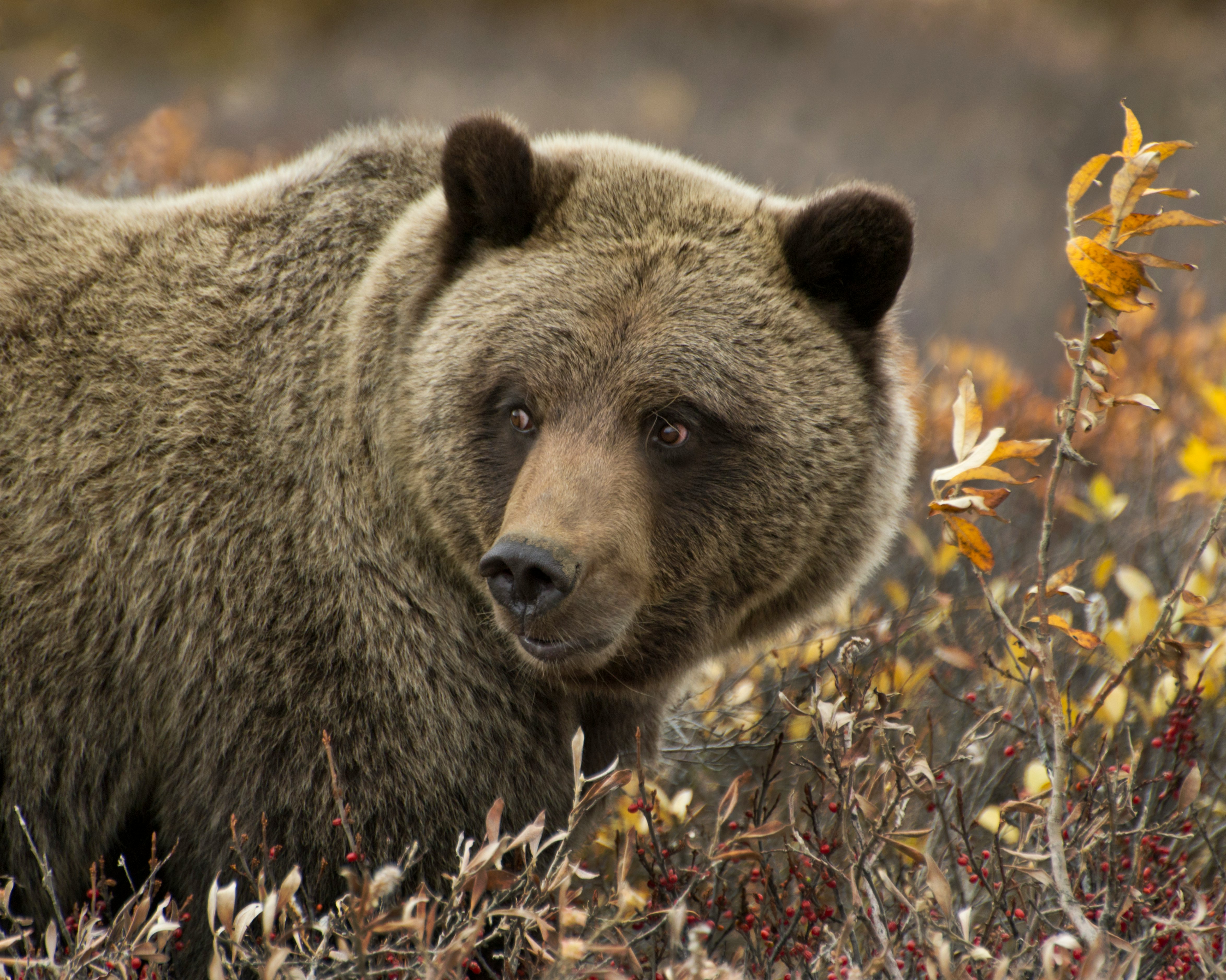
Imagine you’re an astronaut taking a trip into outer space. Only it’s not a short jaunt to the Moon. Instead, your trip will last 120 years.
To get there you’d need to drastically reduce your body’s metabolic activities and needs. Hollywood sci-fi movies often imagine a future where humans are capable of artificially inducing hibernation to survive the trip. But is that really possible?
A recent study published Wednesday in the journal Proceedings of the Royal Society B analyzes how much energy different mammals save during hibernation. The findings suggest that, metabolically speaking, humans probably won’t survive a decades-long journey in space.
What’s new — In the new study, scientists reached two surprising conclusions about how hibernating animals save energy.
First: Smaller hibernating mammals tend to save, on average, far more energy compared to larger animals. For example, the tiny, 45-gram marsupial known as monito del monte — which could fit in the palm of your hand — saves 76 percent of its energy during hibernation compared to its usual active state.
On the other hand, a 400-pound grizzly bear actually has negative energy savings of 124 percent. In other words: Most larger bears are not saving energy during hibernation, but losing it.
Even for a smaller bear weighing 75 kilograms — 165 pounds — the energy savings of hibernation are zero compared to the bear’s normal sleeping state. Roberto Nespolo, the lead author of the study and a researcher at the Universidad Austral de Chile, tells Inverse that smaller animals need to burn more energy to maintain body temperatures in their normal active or sleeping state.
But during hibernation, the energy consumption — per gram — is constant at any bodily size. In other words, a hibernating bat has the same metabolism as a hibernating bear 20,000 times its size.

“So that’s why the benefits of turning off the switch of metabolism are greater in small animals and becomes approximately zero at the size of a small bear,” Nespolo says.
Therefore, it makes sense that most hibernating creatures — like bats or rodents — tend to be on the smaller side. After all, the only known hibernator weighing more than 45 pounds is the bear, though the study suggests mother bears feeding their cubs gain some benefits from hibernation.
Why it matters — But why does the amount of energy saved during animal hibernation concern humans who obviously don’t hibernate?
This brings us back to long-term space travel and its limitations. As the study implies, artificially-induced hibernation in humans, such as in the hypothetical astronaut scenario, probably doesn’t save more energy versus regular sleep.
“Humans are simply too large, so the benefits of hibernation are little — as in bears — if we think just on energy savings,” Nespolo says.
While small mammals like the brown bat or the pigmy possum can reduce their normal energy levels up to 98 percent during hibernation, the same kind of energy savings simply would not be possible in humans. So small mammals can easily get by on their body’s stored energy reserves in fat and lean mass — muscles — during hibernation, but humans would not necessarily be able to do the same.
Nespolo adds, “I get this question very often. The short answer is that I think it is not possible.”
But even if you could artificially induce hibernation in humans in a way that makes sense from an energy perspective, a decades-long space journey is still probably out of the question. According to the study, you would need 6.3 grams of fat each day to hibernate in space, adding up to 450 pounds for a 90-year journey. Plus, there are also ethical problems concerning potential research on hibernation in humans.
“Who will be the volunteer for testing a drug, genetic modification, or a surgery for inducing hibernation?” says Nespolo.

How they made the discovery — There have been several studies in recent years explaining the metabolic processes that enable animals to survive hibernation. But until now, it’s been hard to calculate the average energy savings of mammals during their slumber.
Researchers in this study analyzed several existing studies on hibernating animals, comparing the daily energy consumption of active animals to the average energy used during hibernation. Afterward, they calculated the energy savings of different animals, ranging from smaller animals like the mouse-eared bat to bigger animals like grizzly bears.
Calculating the long-term average energy reduction during hibernation would be useful to determine “how long hypothetical astronauts will last in the space, or the limiting size at which hibernation becomes inefficient,” the researchers in the study wrote.
What’s next — The findings also raise other unanswered questions that scientists will be keen to explore in future studies.
“Our results also posit the intriguing question of why a cell of a hibernating bat has a similar metabolism of a cell of a hibernating bear — an animal that is 20,000 times larger,” write the researchers in the study.
But according to other recent research, rising temperatures due to global warming might change bear hibernation as we know it. Scientists may need to act fast if they want to study the hibernation of large mammals like bears — and perhaps achieve hibernation-like slumber in humans, too.







